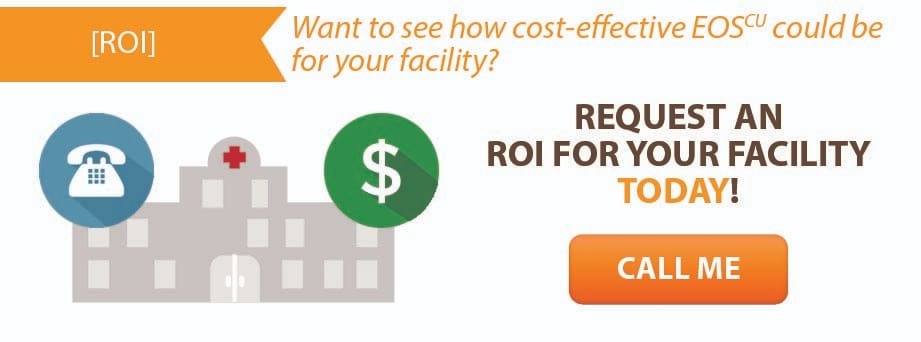Measuring the Cost-Effectiveness of an HAI Reduction Intervention: Effectiveness

 Measuring the cost-effectiveness of an infection prevention intervention requires careful translation of complex issues into dollar values: The problems, the possible solutions, the methods of evaluation, and the desired outcomes. The result is a calculation that measures whether or not the costs associated with an intervention are outweighed by the benefits gained by that intervention. Today we will delve into the big ideas behind that final calculation.
Measuring the cost-effectiveness of an infection prevention intervention requires careful translation of complex issues into dollar values: The problems, the possible solutions, the methods of evaluation, and the desired outcomes. The result is a calculation that measures whether or not the costs associated with an intervention are outweighed by the benefits gained by that intervention. Today we will delve into the big ideas behind that final calculation.
#1 Cost-effective is not the same as cost-saving
While sometimes used interchangeably, cost-effectiveness and cost-saving are not the same thing. When an intervention is cost-saving, it reduces overall costs. When an intervention is cost-effective, on the other hand, it is a good value for the money spent, but may not reduce costs.
#2 Effective is only half of "cost-effective"...
All of us will quickly agree that an intervention that is cheap but ineffective is a waste of money. Where things get tricky is when an intervention is effective but at extraordinarily high costs. An effective intervention may not be cost-effective if it places an unsustainable financial burden on the facility in order to produce the results.
#3 ... but it still has to be effective!
To determine whether an intervention has value, a facility must look not just to the bottom line, but also include the improvement in patient outcomes. A hospital decision-maker needs to be sure he or she is spending finite resources to purchase an intervention that actually improves patient outcomes. The way to be certain is to select interventions with rigorous clinical studies that have been published in peer-reviewed journals to back up their claims.
The big question facing the hospital decision maker is this: Is this intervention going to reduce a significant number of healthcare-associated infections at a financial investment our facility can bear? This can be an overwhelming question that can end up feeling like a leap of faith rather than a rational choice. For most facilities, making this decision will therefore fall to a team made up of administrators and infection preventionists, as well as members of the financial department and representatives from the proposed intervention. Together, this group can collect and analyze the data and see what the numbers say.
We hope this short series on cost-effectiveness has helped answer some questions about the financial decisions behind healthcare interventions. If you would like to know what the numbers for EOSCU look like at your facility, click the link below!
Editor's Note: This post was originally published in May 2017 and has been updated for freshness, accuracy and comprehensiveness.
![EOScu Logo - Dark - Outlined [07182023]-01](https://blog.eoscu.com/hubfs/Eoscu_June2024/Images/EOScu%20Logo%20-%20Dark%20-%20Outlined%20%5B07182023%5D-01.svg)




